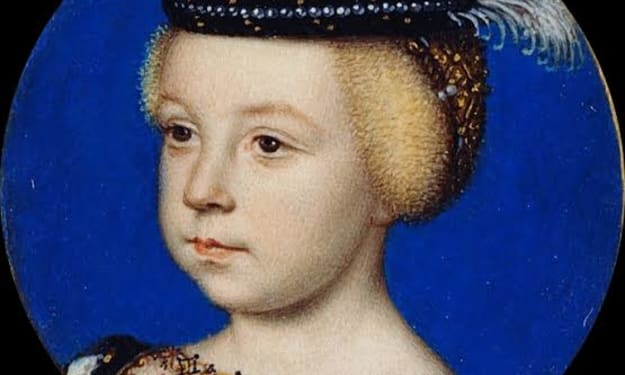Old Traditions and New Hope
The coronation of Edward the Confessor

The coronation of Edward the Confessor, from Flores Historiarum by way of Matthew Paris, thirteenth century. Bridgeman snap shots.
It isn't always frequently that guides inside the field of medieval liturgy may be taken into consideration timely, but a new version from the Henry Bradshaw Society, English Coronation Ordines within the 9th and Early 10th Centuries, definitely is. The e book, edited through David Pratt, collects the earliest surviving rites for the coronations of Anglo-Saxon kings. In a yr when Britain will witness a coronation for the first time in a long time, it makes interesting studying. As Rosalind Love says in her preface, the phrases of this can’s coronation ‘display only echo of these early rites, but … the shape of the ceremony typical can best be understood nicely inside the mild of the historical orders’.
Some elements of these ceremonies clearly appearance very extraordinary from what we will see in may also: within the earliest rites, the king wore a helmet in place of a crown. But Anglo-Saxon kings, too, had been supplied with a sword and ring, and promised to preserve regulation and justice of their nation. Within the tenth century, that state changed into still evolving; within the rituals it's miles now and again known as ‘Albion’, on occasion the land of ‘the Saxons, Mercians and Northumbrians’.
The prayers and advantages are rich with biblical allusions, some of which live to tell the tale into the present day ceremony. As the king changed into anointed, ‘Zadok the priest and Nathan the prophet anointed Solomon king’ became sung (admittedly, in Latin and to a much less rousing putting than Handel’s). At the stop of the rite, the congregation cried ‘Vivat rex’, and all came to kiss the king.
This liturgy, or something find it irresistible, turned into used at a full-size Anglo-Saxon coronation exactly 1,050 years in the past. On eleven may additionally 973, King Edgar become crowned in bath, in a rite which made a deep affect on contemporaries. The occasion changed into so enormous that it is honored in the Anglo-Saxon Chronicle, strangely, with a poem. It starts offevolved: ‘right here Edgar, ruler of the English, became hallowed as king, amongst a incredible crowd inside the historical metropolis, Acemannesceastre, the equal which the island-dwellers also call by way of any other call, bathtub. There has been lots bliss for everybody on that blessed day … There had been gathered a bunch of monks, a huge throng of priests, i've heard, and of the clever.’
The historian-poet who recorded this event had an bold sense of scale, putting this ‘blessed day’ into a bigger context of time and history. He sets Edgar and his island-dwellers consistent with Roman forebears, invoking the Roman name for bath through calling it Acemannesceastre (probable descended from Aquae Sulis). With its enormous Roman ruins, bath turned into a resonant desire of website, imbued with reminiscences of historical imperial energy.
Reckoning up the date, the poet is going even further returned: ‘At that time had exceeded ten hundred winters in the matter of reckoning from the birth of the glorious King, parent of lighting fixtures, besides there have been left a tally of winters, seven and twenty’. That is a riddling manner of pronouncing it changed into 973 (1,000 minus 27), a year whose proximity to the millennium appeared to this poet meaningful. Possibly he could get equally excited about 2023, two decades in the different path from any other millennial 12 months, another thousand winters in addition on in time.
The poet delights in zooming in and out at the occasion, balancing the extensive and the precise – 1,000 years of time, and one specific day in a single English metropolis. The records of liturgy encourages thinking about time on a large scale, because it offers with rituals which can be each stable and continuously changing. Liturgy presents a script of phrases and gestures complete of which means, which may be repeated over many generations, hallowed by way of history.
But, the script is continually being tweaked and tailored, and it simplest comes alive in the moment of performance. Even supposing the phrases stay the equal, the folks that say and hear them are different, so the precise context of any ritual creates different meanings each time. Such ceremonies offer an intersection among the undying and the immediate, records and the present second.
A ritual greater than 1,000 years vintage has obviously changed its which means significantly over time, and in some ways the world of the Anglo-Saxon coronation rites feels immensely distant from our very own. But whilst studying these liturgies the most powerful echoes are not the details of the ritual but the hopes expressed – the choice for a land of peace and justice, for right authorities and seasons of prosperity. Whatever shape they take, those desires sincerely are undying.





Comments
There are no comments for this story
Be the first to respond and start the conversation.